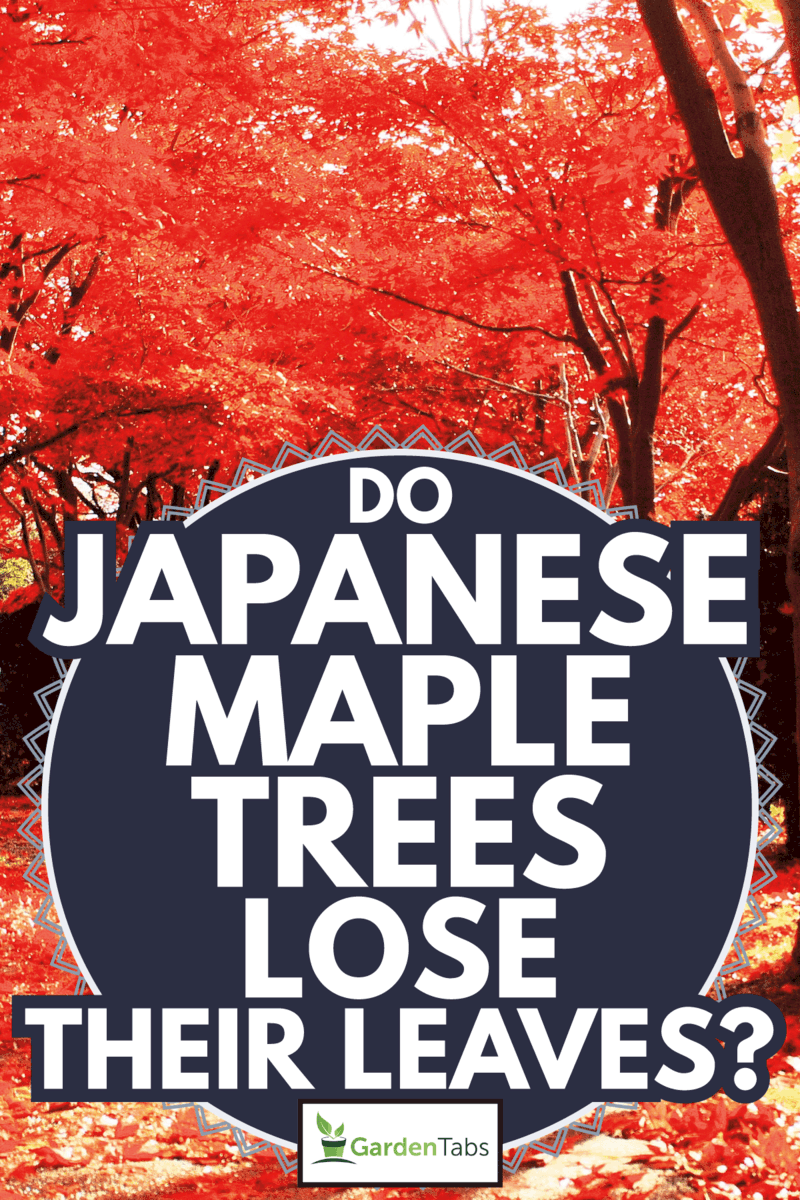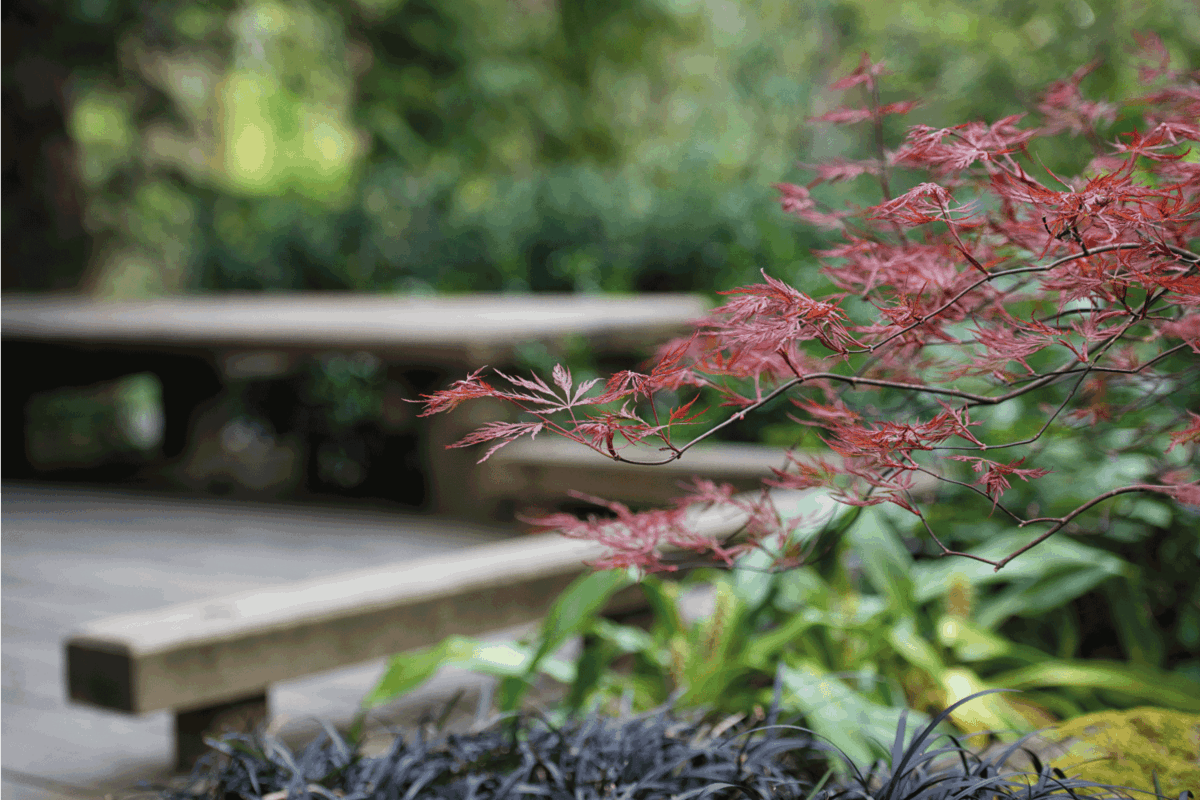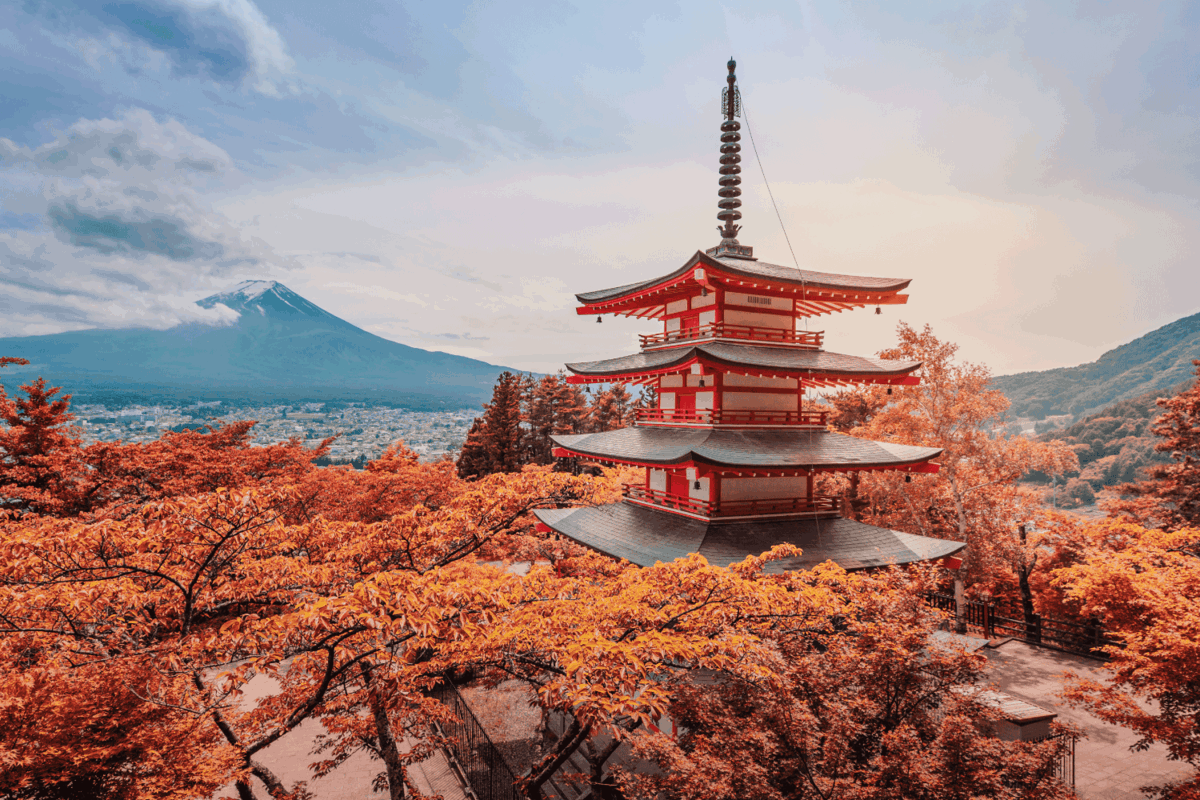Figuring out whether your Japanese maple should lose its leaves or not can be tricky. Have you never noticed it losing leaves before, or are you new to planting this type of maple? We have done plenty of research to find you some answers. So let's dive right in.
Japanese maples do lose their leaves. Typically, this beautiful maple will shed its leaves after the fall in November and December. If you begin to notice your Japanese maple drop its leaves during other months, there might be a problem with its growing conditions. A lack of water is often to blame, so make sure to check your tree's soil regularly.
As we begin, we will cover all things Japanese maple. Whether your tree is dropping leaves in the summer or winter, the soil and conditions around it can make a huge difference. With that said, let's get into this topic!

Why Do Japanese Maples Drop Their Leaves?
Generally, Japanese maple trees will experience moderate leaf dropping once the fall is over. Although your tree should never be bare, it is normal for some foliage to drop off between seasons. With that said, if you notice leaf dropping during the summer or spring, you should immediately check your tree's soil for moisture.

For the most part, Japanese maples can withstand moderate levels of drought, but if the weather is too severe, their leaves will start to fall. If your tree does have enough water and is still losing foliage, check its base for pests or signs of disease.
What Climate Is Best For Japanese Maple Trees?
Although this type of maple grows best in zones five through nine, you can also grow them in colder climates. Typically, Japanese maples prefer partial shade and moderate temperatures. If you live somewhere with harsher winters, we suggest planting your maple in full sun rather than the shade. For anyone in hotter climates, we recommend a shadier spot and plenty of water for your maple.
DAS Farms Japanese Red Maple Tree
Here we have a live Japanese maple for your garden from DAS Farms. This tree comes one to two feet tall, needs regular watering, and has great reviews from online customers.
View this Japanese maple on Amazon here.
Why Is My Japanese Maple Losing Leaves In The Summer?
Like we mentioned above, Japanese maples are only somewhat drought-tolerant. Although your maple should be okay in hotter weather, it will lose leaves if it does not have plenty of moisture. Generally, we suggest watering your maple three to four times per week during hotter summer months to prevent leaf dropping.
Do Japanese Maples Grow In The Desert?
If you want to plant a Japanese maple but live in the desert, this might be tricky. Although these trees won't usually die in the desert, more often than not, they don't grow very well. Of course, if you water it well and make sure to give it enough shade, a Japanese maple might surprise you. We recommend planting your maple somewhere with mostly shade and watering it daily during the extreme summer months.
When Do Japanese Maple Leaves Grow Back?

Once your maples leaves have fallen, expect them to return in the early springtime. Of course, this is the ideal situation for a Japanese maple whose leaves fell during the winter season, not an irregular situation. If your tree experienced a rough summer, you should notice some foliage return before fall but not fully until the following spring season. If your Japanese maple stays bare through the spring into summer, this is when it has most likely died and can be removed.
Should I Prune A Japanese Maple Tree?
Like other maples, it is OK to prune your tree regularly. With that said, Japanese maples do not like over-pruning and can go into shock if you overdo it. We recommend sticking to seasonal pruning between the fall and winter and then again in the spring before summer.
8-Inch Bypass Pruning Shears
Here is a pair of professional pruning shears that are perfect for a Japanese maple. These shears are premium titanium material, ergonomically designed, and cut up to a 3/4 inch diameter branch.
Follow this link to see them on Amazon.
Should I Cover My Japanese Maple In The Winter?
When it comes to covering your Japanese maple during winter, we recommend it. Typically, mature Japanese maples can withstand colder temperatures but still need some protection. If your maple is newer, you will need to cover it with a tarp or thermal tree wrap during the wintertime.
This species of maple, in particular, is not native to freezing climates and does not do well in frigid temperatures. If you can, try to move your Japanese maple inside to avoid freezing and potentially dying during the wintertime.
Winter Tree Jacket for Freeze
Here is a tree cover for the winter from Agfabric to use on your maple. This product protects your tree from freezing temperatures up to negative eight degrees and promises not to harm your plant.
Check it out on Amazon by clicking here.
Will A Japanese Maple Grow Inside?
Like most plants, the Japanese maple can also grow indoors. When it comes to where your tree should go, we recommend a bright warm window or indoor patio space.
For centuries, Japanese maple has been used in the ancient practice of Bonsai, and surprisingly love being indoors. If you live somewhere with an extreme climate or don't have a typical garden, we think you can certainly grow a Japanese maple inside your home.
This planter is 7 x 6 x 4 inches, has a polished finish, and comes in plenty of color choices.
See this indoor bonsai planter on Amazon here.
How Do You Revive A Dying Japanese Maple Tree?

Most times, if your maple starts to die, you have a small window of time to save it. First, make sure to check your maple's soil and water it if needed. Japanese maple's roots grow just beneath the soil's surface, so they will begin to die if you have too much mulch or soil on top of them. Next, grab a pair of garden shears and prune off any dead limbs that might be blocking the healthy ones. It is best to allow for your tree's energy to go where it is needed versus sections that are already dead or dying.
How Do I Know My Japanese Maple Is Dying?
When it comes to the warning signs of a dying Japanese maple, the base of your tree will tell you its current state. To start, cut off a piece of bark from your maple's trunk and look at its color. If your piece is slightly green, there is time to save your maple.
If the piece you cut is tan or dry, that part of your tree has died. Regardless, your maple might still have some life left in it, so prune off what you can and water it thoroughly if needed.
Should I Fertilize A Dying Japanese Maple?
Generally, if your maple begins to die during the fall or winter seasons, do not fertilize it. This will cause it to overproduce and then start its winter dormancy, weakening it further. If your Japanese maple shows signs of death during the spring or summer, this is when we suggest adding some fertilizer. Although this might not save your tree entirely, it will give your maple a boost of nutrients and will make it stronger before the fall and winter seasons.
Miracle-Gro Shake 'N Feed Flowering Tree Plant Food
Here we have a fertilizer from Miracle-Gro to give your tree a boost of nutrients. This plant food is a slow-release formula, contains natural ingredients, and feeds up to three months after each use.
Should I Use Pesticide On A Dying Japanese Maple?
If you notice pests on or near your dying Japanese maple, we recommend contacting an exterminator ASAP. Of course, if you prefer to do the job yourself, you can certainly spray down your tree with a maple-safe pesticide on your own. From what we read, a pesticide/insecticide with natural ingredients tends to work better on already dying maples and won't send them into shock. You want to avoid harsh chemicals that might end up being the final nail in the coffin for your Japanese maple tree.
Trifecta Crop Control Super Concentrate All-in-One Natural Pesticide
Here is a natural all-in-one pesticide from Trifecta to use on a dying Japanese maple. This product has a peppermint scent, leaves zero residues, and contains all-natural ingredients.
Follow this link to check it out on Amazon.
Our Final Words
Whether your Japanese maple drops its leaves seasonally or is just starting to, this is relatively normal. Generally, Japanese maple trees will shed their foliage during the late fall into winter to prepare for their dormant growing season. From what we found, drought is a major cause of leaves dropping during the spring and summer months, so check your maple's soil regularly. Regardless, make sure to prune your Japanese maple between seasons, and don't be afraid to fertilize in the spring and summer.
Still with us? Check out these related plant reads!






